Baseball. It may be America’s national pastime, but it’s more popular in Japan these days than it is in the U.S.. Lots of Americans still love the game, but across the wider social and geographical swathe of the country it’s been eclipsed by the NFL and NBA. Too slow, too quirky, too illogical? It could be any combination of those things, but for much of its birthplace baseball is more about the past than the present, never mind the future.
Baseball’s invention is often credited to Abner Doubleday, in Cooperstown New York, 1839. While that was might have been the first instance of something that closely resembles the modern sport (Doubleday himself never made any such claim, for the record), baseball has roots in much older games – games like rounders, stoolball, and (most famously) cricket. What’s not in much dispute is that the sports was first played in Japan sometime around 1872, and that it was Americans who introduced it. The rest, as they say, is history.
Probably the most important date in Japanese baseball is 1896. That was the year perhaps its most important game was played – a matchup between a Tokyo high school team and a squad made up of resident foreigners. The high schoolers won, and comfortably too. And their success is credited with sparking a rise in the sports’s popularity in their country. That rise would continue more or less uninterrupted until the game sat at the top of the pyramid. And perhaps fittingly, high school baseball is probably even more popular than professional baseball here. The summer H.S. baseball championship tournament, named after the ballpark where its final rounds are played, Koushien in Hyougo, is the biggest sporting event of the year by a good margin.
The Japanese word for baseball is yakyuu, using the kanji for “field” and “ball”. That and “baseball” are used pretty much interchangeably. The first professional league was founded in 1936, and the current Nippon Professional Baseball system, consisting of what’s known today as the Central and Pacific Leagues, started in 195o. The NPB is extremely popular and financially successful in Japan, vying with soccer’s J-League for supremacy (and winning). But it’s still second in stature the high school ball, and Koushien specifically.
The rules of NPB baseball are unsurprisingly extremely similar to those of MLB. There are differences – for example, if a game is deadlocked after 12 innings it goes down in the standings as a tie (so much for “there are no ties in baseball”). And a rule was implemented after the 3/11/11 earthquake that says that no new inning will begin after game time exceeds 3:30 (a response to electricity rationing in East Japan after the Fukushima Daichi disaster shuttered the nation’s nuclear power plants). Perhaps the most significant different is that the Japanese ball itself is slightly smaller and has better grip – something Japanese pitchers have to adjust to if they cross the pond and pitch in MLB.
Needless to say, plenty have done just that – from Nomo Hideo to “Dice-K” Matsuzaka to Yu Darvish. The current generation of Japanese MLB pitchers includes the likes of Senga Kodai, Imanaga Shouta, and Yamamoto Yoshinobu. And the one many feel will be the best of the lot, Sasaki Roki, is likely to come over (and sign with the L.A. Dodgers, naturally) this coming winter. Pitchers have historically had an easier time making the transition from NPB to MLB, and overall have probably made a bigger impact on the game than hitters.
Then we have those hitters, and while there have been a good few, the story has to start with Suzuki Ichiro. A remarkable athlete, Gold Glove outfielder with a rifle arm, a guy who almost never struck out – about all Ichiro (almost universally referred to only by his first name, the mark of a true legend) didn’t do much of was hit home runs. And he could do that too, when he focused on that side of his game (which he rarely did). Ichiro was the guy who made an unequivocal statement that it wasn’t only pitchers who could make the jump from NPB and become MLB superstars.
For most of history, Ichiro was the unchallenged greatest Japanese MLB player ever. Everything changes with the guy named Ohtani Shohei, because Otani changes the game. Baseball’s first true two-way star since Babe Ruth just had his second Tommy John surgery, and it remains to be seen if he’ll ever pitch at the level he reached with the Angels. But he’s the best hitter in baseball so far this season, and seems only to be getting better on that side of the ball. I hate the Dodgers for the way they bully the rest of the league financially, but there’s no denying that it’s a privilege to be a baseball fan while Ohtani is in his prime.
What of the others – the Japanese players who never crossed the Pacific to play in the majors? Sadaharu Oh, the world’s home run king, is certainly the greatest of them. He went on to become one of Japan’s greatest managers after his playing days were over. Oh is in fact half-Taiwanese, a fact the Japanese (normally quite discriminatory about such things) conveniently forget when claiming him as their own. There are many others – Kaneda Masaichi, Harimoto Isao, Nomura Katsuya – far too many to mention here.
And then we have Randy Bass, the boy from Oklahoma who went on to be the most beloved foreigner in NPB history in his time with the Hanshin Tigers. Like most major leaguers who made the jump to Japan in those days, Bass was a journeyman in MLB, but in Japan he became a star. And in Osaka, a kind of God. Bass led the Tigers to their first ever Japan Series title and won two triple-crowns. But as important to his success was that, in contrast to many of his ex-pat comrades, he embraced Japan – both the way baseball is played, and the culture.
So what’s the experience of attending a Japanese baseball game like? It is, no doubt, very different from at U.S. ballparks. Every NPB team has a cheering squad, who act to organize and rile up the fans in a set menu of cheers. Home and away fans always sit in the same pre-determined sections of the park. When your team is on defense, it’s generally dead silence. But at-bat, every player has their own theme song (with gaijin it’s often a repurposed American song) which is repeated incessantly while they’re at-bat. There are context-specific cheers for every situation. And rituals for the seventh-inning stretch (at Koushien Tiger fans release balloons), after a home run (Yakult Swallow fans fill Meiji Jingu Stadium with the team’s “traditional” – not the new corporate one – fight song – and do an umbrella dance) and after the final out (if you win).
High school is more focused on the team band, which never seems to stop playing. But there’s still singing – always the singing. If I were to point to a single greatest difference in the fan experience, for me it’s the constant singing. Since it alternates between whichever team is hitting, there are no lulls – it’s a constant for the entire game. In the Koushien tournament the school fight song and its variants are the basis of most of the noise, but organized cheer squads take on an even bigger role here. And despite all the seeming gaiety, everything is somehow quite serious. Especially in schoolboy baseball – there’s little expression of emotion or enthusiasm among the kids. Baseball is serious business.
Baseball manga is serious business too, of course. And part of this commission from Nicc was to name an all-star team from baseball manga and anime. Which is pretty hard, since most of the protagonists are pitchers. Can you name a really memorable animanga left fielder off the top of your head? So this won’t be a complete nine by necessity – just same names I would want out there.
- Starting Pitcher: Kitamura Kou (Cross Game) – It’s an embarrassment of riches here to be sure, but I can’t not pick possibly my favorite male MC of all-time.
- Relief Pitcher: Shigeno Goro (Major) – The resume (on both sides of the fourth wall) is impeccable. But I’ll make Goro the reliever, since he spent much of his major league career there and he’s a lefty (well, as an adult).
- Catcher: Shigeno Daigo (Major 2nd) – A father-son battery? Why not. I love Daigo because he’s so different from Goro as a character. He’s the consummate grinder and a sweet kid to boot.
- First Base/Cleanup: Azuma Yuuhei (Cross Game) – A fearsome lefty slugger for the middle of the lineup. No brainer.
- Center Field: Satou Hikaru (Major 2nd) – A bit of a cheat? Yeah, he played mostly pitcher for Mifune but he did play center too.
- Right Field: Akai Ryou (Mix) – One for the younger brothers out there.
- Manager: Momoe Maria (Ookiku Furikabutte) – A female head coach with a Japanese high school boy’s team could probably only happen in animanga, but Maria is a stalwart in her ability to deal with those goofs.


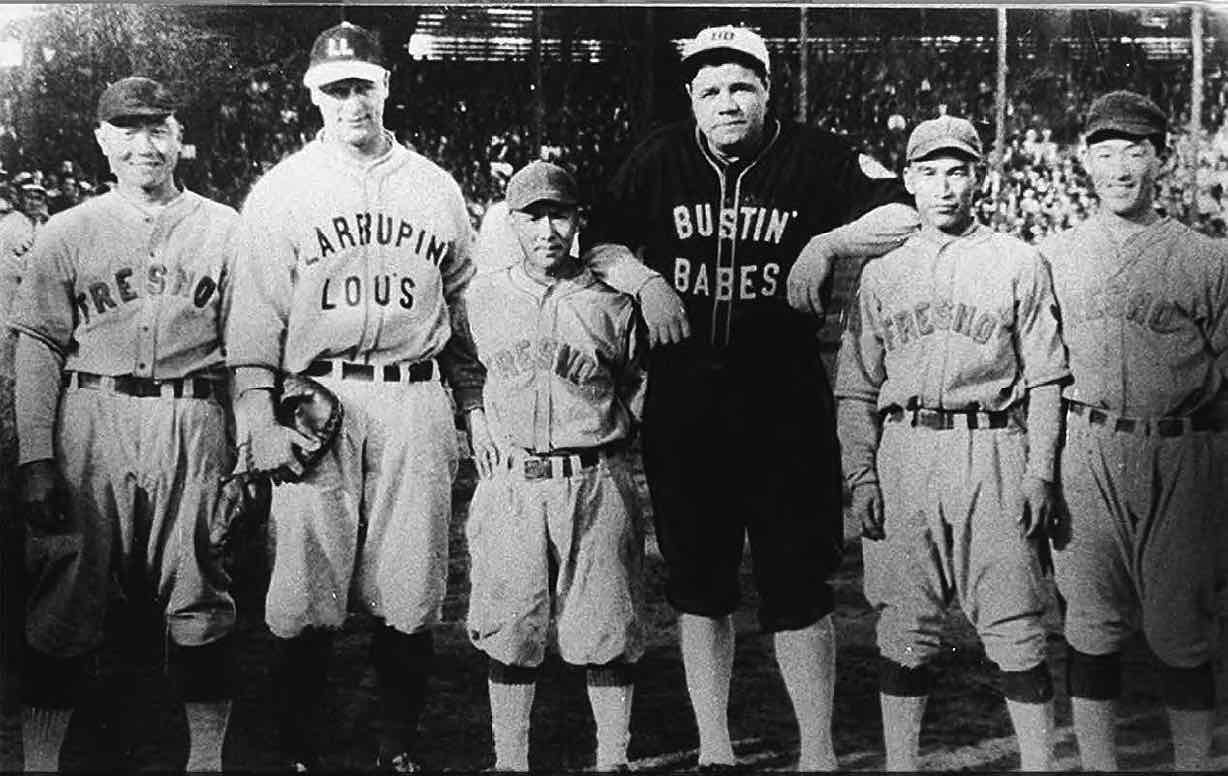
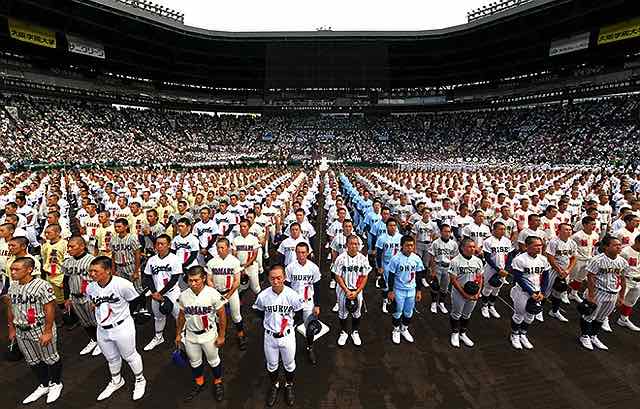
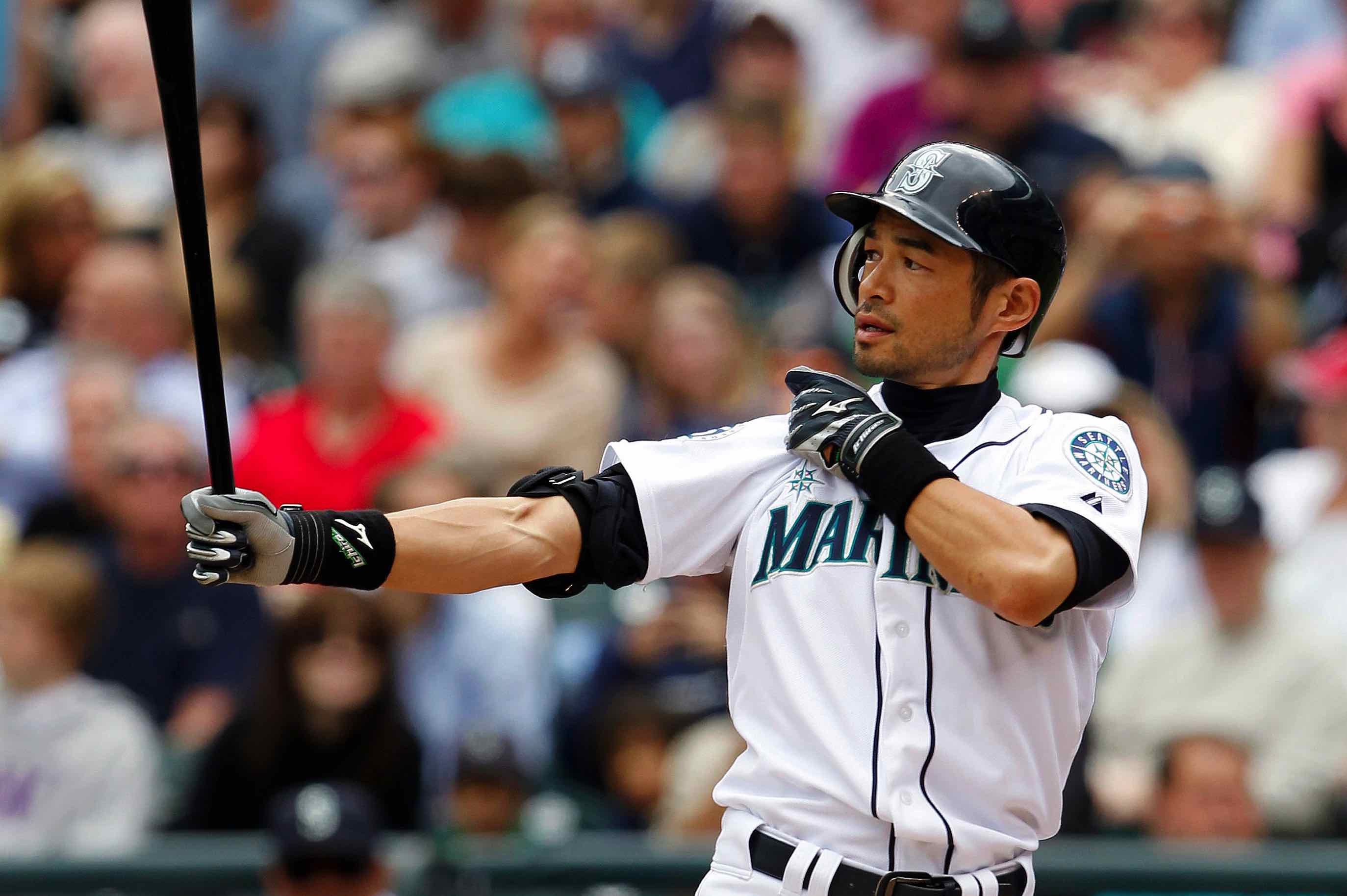
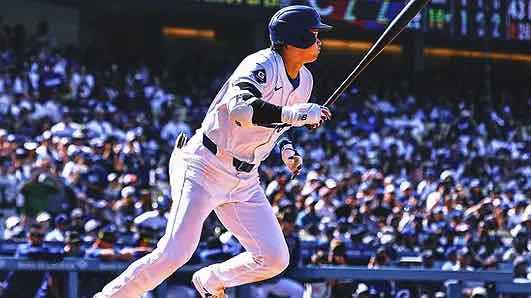
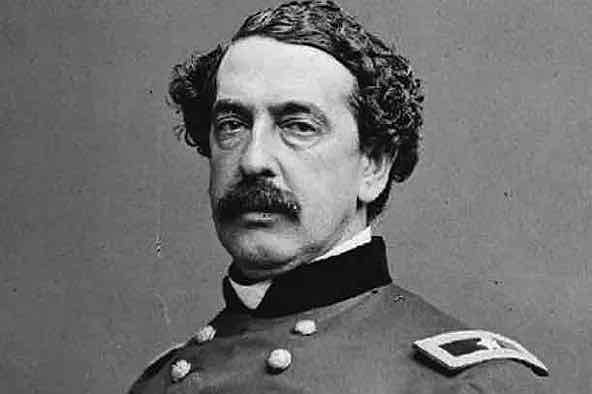

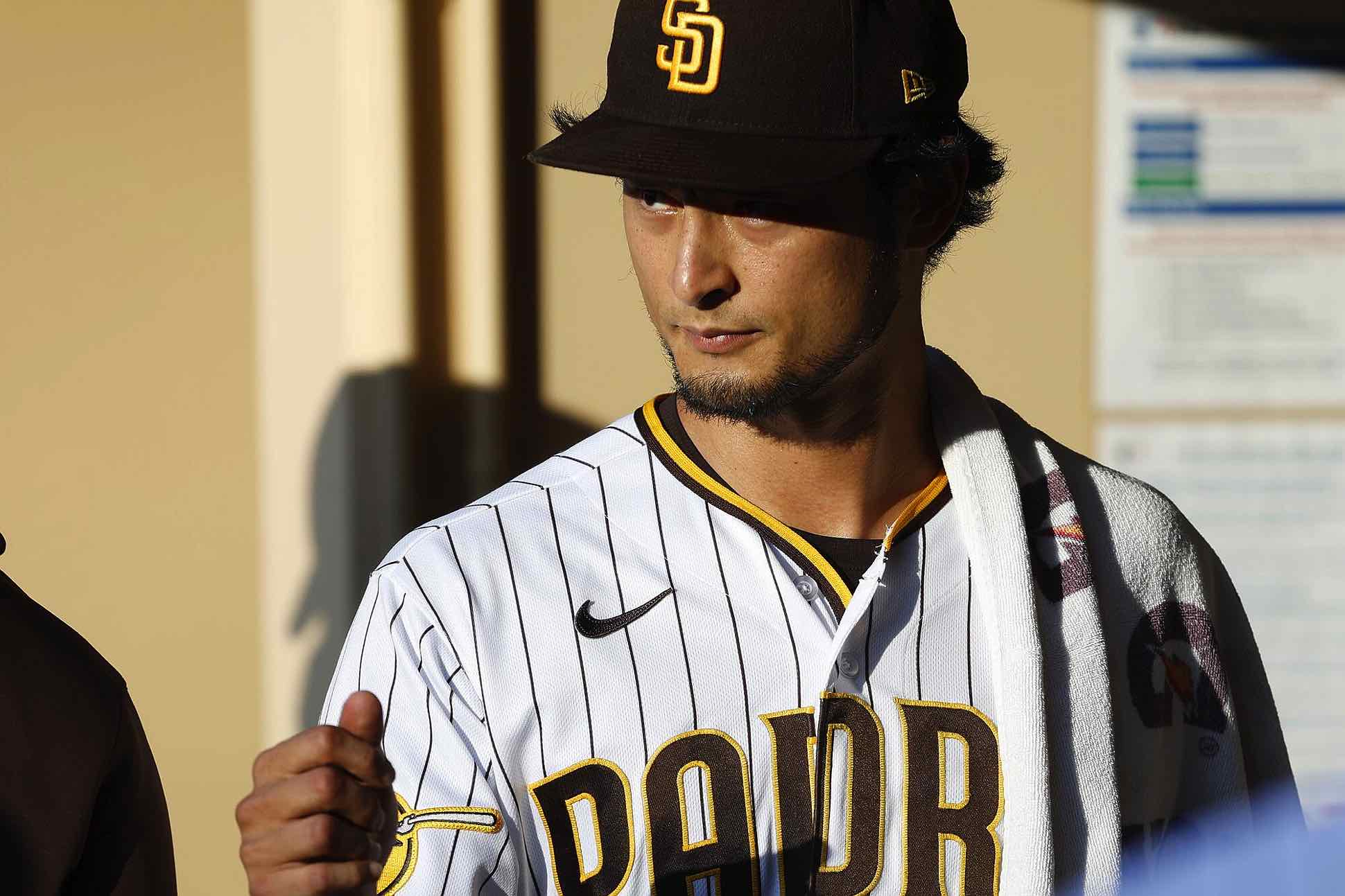
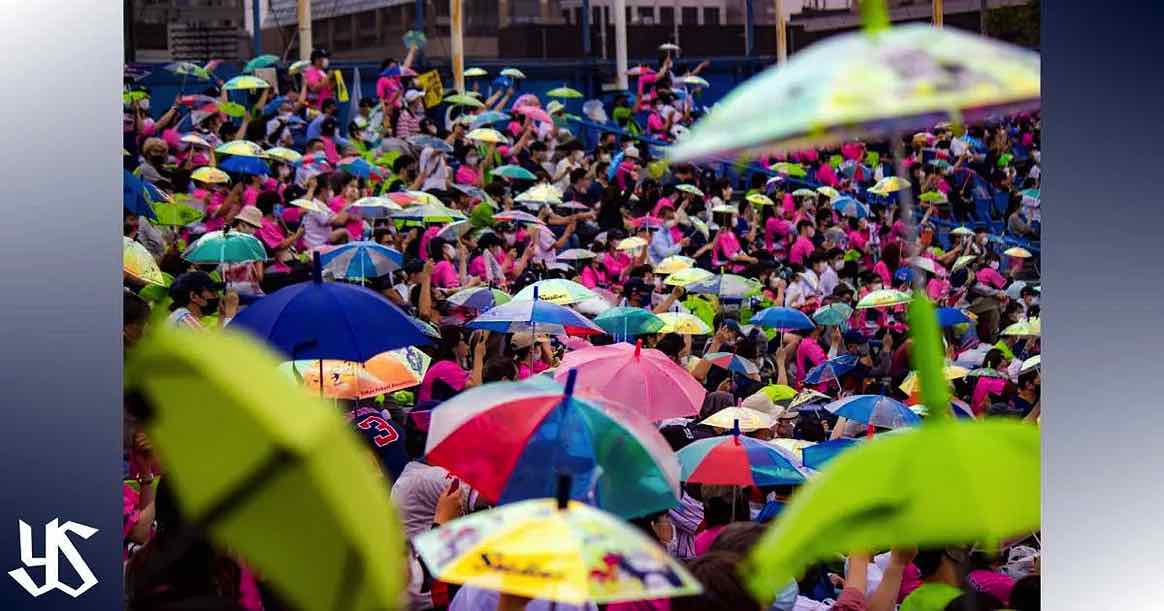
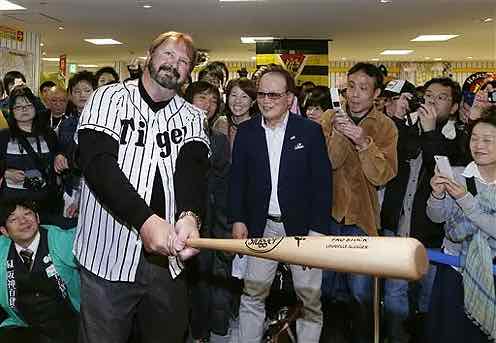
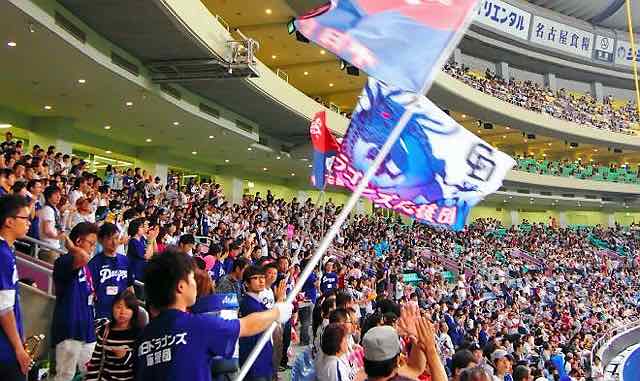
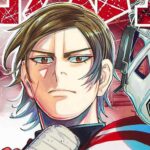
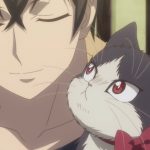
deathslinky
May 28, 2024 at 11:40 pmI know you dislike him as a character, but Furuya from Diamond no Ace was a capable outfielder.
Guardian Enzo
May 29, 2024 at 7:20 amIn my memory he’s a pitcher..
deathslinky
May 30, 2024 at 11:44 amThey often moved him to the outfield when Sawamura was pitching. And he did fine there.
Panino Manino
May 29, 2024 at 12:12 amStll waiting for another season of Taisho Baseball Girls.
Collectr
May 29, 2024 at 7:56 amYou need to go further back in Adachi Mitsuru’s oeuvre to fill out your team:
– Center field (Katsuya Nimi, Nine) – hero of the series, and a full-time center fielder
– Right field (Karasawa Susumu, Nine) – a slugger, too
– Third base (Yamanaka Jirou, Nine, or Mikimoto Shin, Hiatari Ryouko)
I couldn’t find a shortstop or left fielder, but I didn’t dig through all the scripts or all the series.
Guardian Enzo
May 29, 2024 at 9:44 amI mean, I could have filled out the team just from Major and Cross Game if I just wanted to fill it out. But I kinda wanted to only include players that made an impact on me as a reader/viewer.
geha714
May 29, 2024 at 6:22 pmGood article, Enzo. I would add Gurazeni’s Natsunosuke Bonda to the pitching roster
Guardian Enzo
May 29, 2024 at 7:19 pmConsidered it. I could go ten-deep just in pitchers easily, but I had to cut if off somewhere.
Nadavu
May 30, 2024 at 3:12 amI was inspired to watch a full baseball match (American) after watching Touch, and my impression was that the game was all about a bunch of guys with nice haircuts standing together looking like they’re planning how to renovate a house. I can definitely see the appeal in that for the ladies, but I think prefer my baseball in 2d.
Guardian Enzo
May 30, 2024 at 6:37 amCricket has matches. Baseball has games. Just sayin’.
Nicc
June 1, 2024 at 7:07 amFirst, thanks again for taking up this commission. Springtime and summer means baseball. Baseball was the first American sport that I learned and somehow very quickly. I can’t remember why, though it probably helped that I thought that Ken Griffey, Jr. was the coolest baseball player ever. Indeed, it’s no longer quite America’s pastime as it has been surpassed by the NFL. I’m not that impressed with the modern NBA product (I miss watching post-up play) and NFL wants to put games on streaming services. I wonder how long it’ll take for the Super Bowl to become a pay-per-view product. I do know that baseball is big in Japan and the MLB is benefitting from high-profile players coming from Japan and being successful at it.
I also knew that Koushien was big, but I didn’t realize it was really that big. I do remember that it was pitchers from the NPB who first made a splash in the MLB, such as Hideo Nomo. He had himself a pretty good career and had two no-hitters, including one at the very hitter friendly Coors Field. Dice-K had that gyroball, but I wonder if it actually existed. I can still remember that Ichiro coming to the MLB was a big deal because he was indeed a position player and quite different from being a pitcher. Could be hit against MLB pitching? Could he make the throws form right field? Well, he answered those questions very quickly (That iconic throw to 3rd base was in his 8th career MLB game. It also put him on the map) with the Rookie of the Year award and would go on to pile on many accolades in his career. His next stop will be Cooperstown. It’s just a shame that he played in the Mariners in his prime and so he barely sniffed the playoffs. And, now there’s Ohtani, who has indeed stirred up the imagination like no other player since Ruth. Yep, it’s not clear if he’ll pitch again, but there’s no doubt that he can rake. He too looks like he’s headed for Cooperstown one day.
As for players who didn’t cross the big pond, Sadaharu Oh is certainly the biggest name and if we can name one NPB player, it’s most likely to be him. It seems that there are players with more hits than Sadaharu Oh, but I don’t think that 868 homeruns can be touched. He and Shigeo Nagashima (He’s “Mr. Baseball” and not Tom Selleck?) batting cleanup just seems unfair. By the way, NPB players have great nicknames too (The King, Mr. Baseball, Mr. Red Helmet, The Uncrowned King).
The ballpark experience really is quite different, then. I’ve seen those cheer squads in anime and manga before and they’ve also adopted Western-style cheer as well too. I would be interested in attending a game someday. Thanks again for taking up the commission and with the season still young, every team still has a shot. Well, except I guess for the White Sox. Hey, at least there’s always 2005.
Guardian Enzo
June 1, 2024 at 9:02 amAs ever, thanks for your unequalled support, Nicc.
Sasaki Roki is going to shake up MLB when he comes over. He’s a beast.